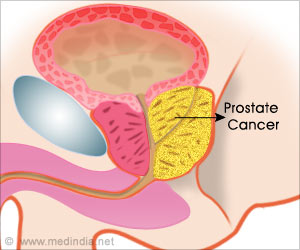European Congress on Obesity presented a new research study by Dr Alexis Elias Malavazos , Policlinico San Donato, San Donato Milanese, Italy, and colleagues that analyzed the association of different methods of measuring obesity, including waist circumference and body mass index (BMI), with CXR severity score in 215 hospitalised patients with COVID-19.
The results of the study revealed that patients with abdominal obesity had significantly higher CXR severity scores (median 9) versus those without abdominal obesity (median 6). Of those with abdominal obesity, 59% had a high CXR score compared to 35% without abdominal obesity.
‘Keep an eye on abdominal obesity to prevent worse outcome of COVID-19’
The result of study manifests that fat around the waist (abdominal obesity) is more important than general obesity as shown by body mass index (BMI) in predicting the severity of chest X-ray results in patients with COVID-19.
Earlier studies imply that the conservative way of calculating obesity by Body Mass Index showed no significant difference in chest Xray severity in COVID-1 9 patients as waist circumference and waist-to-height ratio more correlated to severity score.
As the chest severity score is high in patients with abdominal obesity with 75% increased risk, worse outcome is anticipated in these patients. So, the abdominal obesity (fat around the waist) needs to be monitored closely than general obesity for better prognosis.
Source: Eurekalert



